13 Examples of Osmosis
Osmosis is the movement of solvent molecules through a semipermeable membrane from a region of high water potential to a region of low water potential, in the direction that tends to equalize the solute concentrations on both sides.
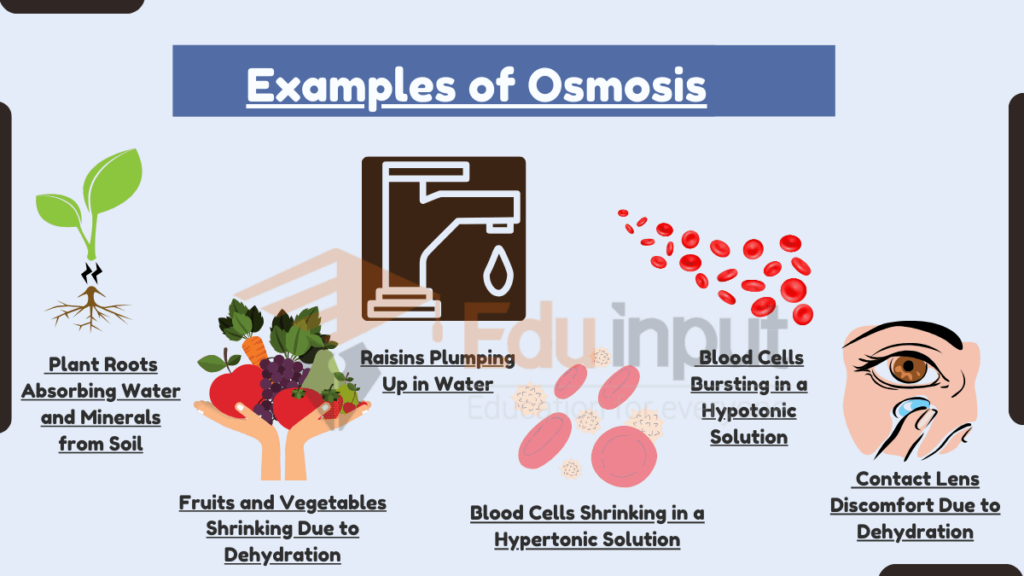
Osmosis is driven by the difference in water potential between the two sides of the membrane.
Also, learn about Examples of Diffusion
Examples of Osmosis
Here are 13 real life examples of osmosis:
1. Plant Roots Absorbing Water and Minerals from Soil
The soil contains a higher concentration of minerals than the plant roots. Therefore, water diffuses from the soil into the plant roots through osmosis.
2. Fruits and Vegetables Shrinking Due to Dehydration
Fruits and vegetables contain a higher concentration of water than the surrounding air. Therefore, water diffuses from the fruits and vegetables into the air through osmosis. This causes the fruits and vegetables to shrivel up.
3. Raisins Plumping Up in Water
Raisins contain a higher concentration of sugar than the water. Therefore, water diffuses from the water into the raisins through osmosis. This causes the raisins to plump up.
4. Blood Cells Shrinking in a Hypertonic Solution
A hypertonic solution has a higher concentration of solutes than blood. Therefore, water diffuses from the blood cells into the hypertonic solution through osmosis. This causes the blood cells to shrink.
5. Blood Cells Bursting in a Hypotonic Solution
A hypotonic solution has a lower concentration of solutes than blood. Therefore, water diffuses from the hypotonic solution into the blood cells through osmosis. This causes the blood cells to burst.
6. Contact Lens Discomfort Due to Dehydration
Contact lenses are semipermeable membranes. When they dry out, they have a higher concentration of solutes than the tears in the eyes. Therefore, water diffuses from the tears into the contact lenses through osmosis. This causes the contact lenses to tighten and become uncomfortable.
7. Diabetes and Thirst/Urination
People with diabetes have high blood sugar levels. This means that their blood has a higher concentration of solutes than normal. Therefore, water diffuses from the cells of the body into the bloodstream through osmosis. This causes the cells to become dehydrated and the person to feel thirsty. The kidneys then try to filter the excess sugar from the blood, which produces a large amount of urine.
8. Cystic Fibrosis and Dehydration with Thick Mucus
People with cystic fibrosis have a genetic mutation that causes their mucus to be thick and sticky. This thick mucus can block the airways and digestive tract, making it difficult to breathe and digest food. The thick mucus also contains a high concentration of electrolytes, which can lead to dehydration.
9. Dialysis for Waste Removal Using Osmosis
Dialysis is a medical procedure that uses osmosis to remove waste products from the blood of people with kidney failure. The patient’s blood is passed through a dialyzer, which is a semipermeable membrane. The waste products in the blood diffuse from the blood into the dialyzer fluid through osmosis.
10. Saltwater Fish in Freshwater and Osmosis
Saltwater fish have a lower concentration of solutes in their bodies than freshwater. Therefore, water diffuses from the freshwater into the saltwater fish through osmosis. This can cause the saltwater fish to swell up and burst.
11. Freshwater Fish in Saltwater and Osmosis
Freshwater fish have a higher concentration of solutes in their bodies than saltwater. Therefore, water diffuses from the freshwater fish into the saltwater through osmosis. This can cause the freshwater fish to dehydrate and die.
12. Plants Regulating Water Content through Osmosis
Plants use osmosis to regulate their water content by opening and closing their stomata. The stomata are small pores on the surface of the leaves that allow for gas exchange. When the plant needs more water, it opens its stomata. This allows water vapor to diffuse from the air into the plant through osmosis.
13. Nutrient Absorption in Bacteria via Osmosis
Bacteria use osmosis to absorb nutrients from their environment. The nutrients in the environment have a higher concentration than the inside of the bacteria. Therefore, the nutrients diffuse into the bacteria through osmosis.
14. Human Kidneys and Osmosis in Urine Production
The kidneys use osmosis to filter blood and produce urine. The kidneys contain a network of blood vessels called the glomerulus. The glomerulus filters the blood and sends the waste products to the tubules. The tubules then use osmosis to remove the waste products from the blood and send them to the bladder.

 written by
written by 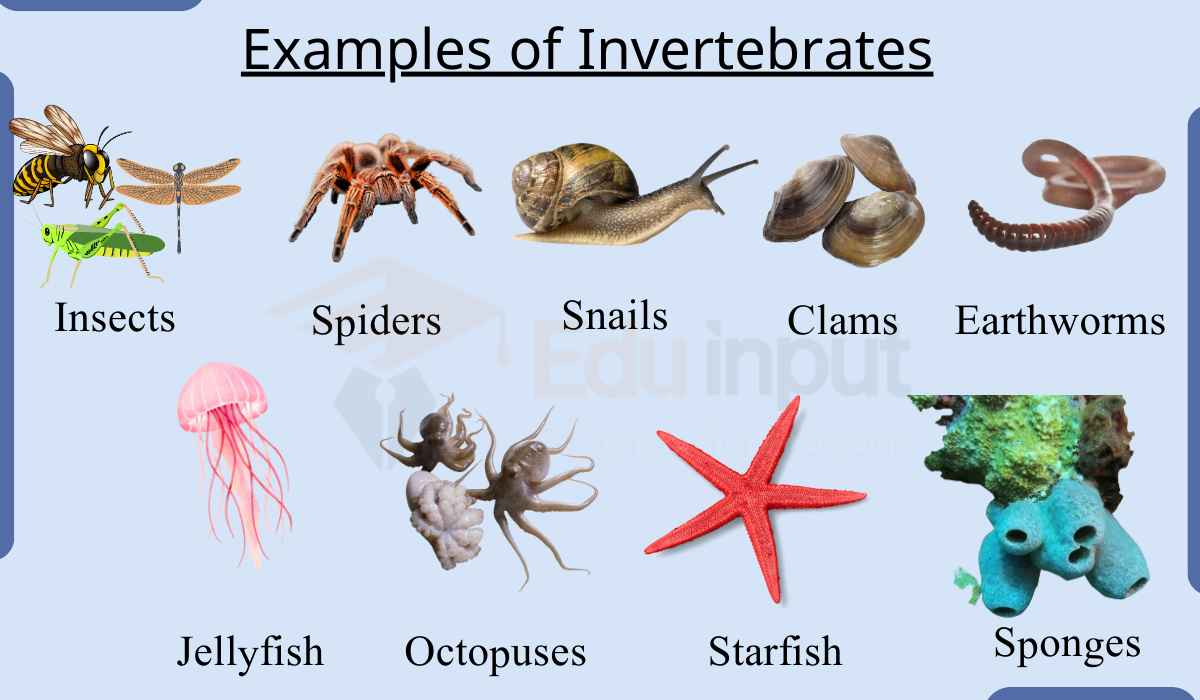
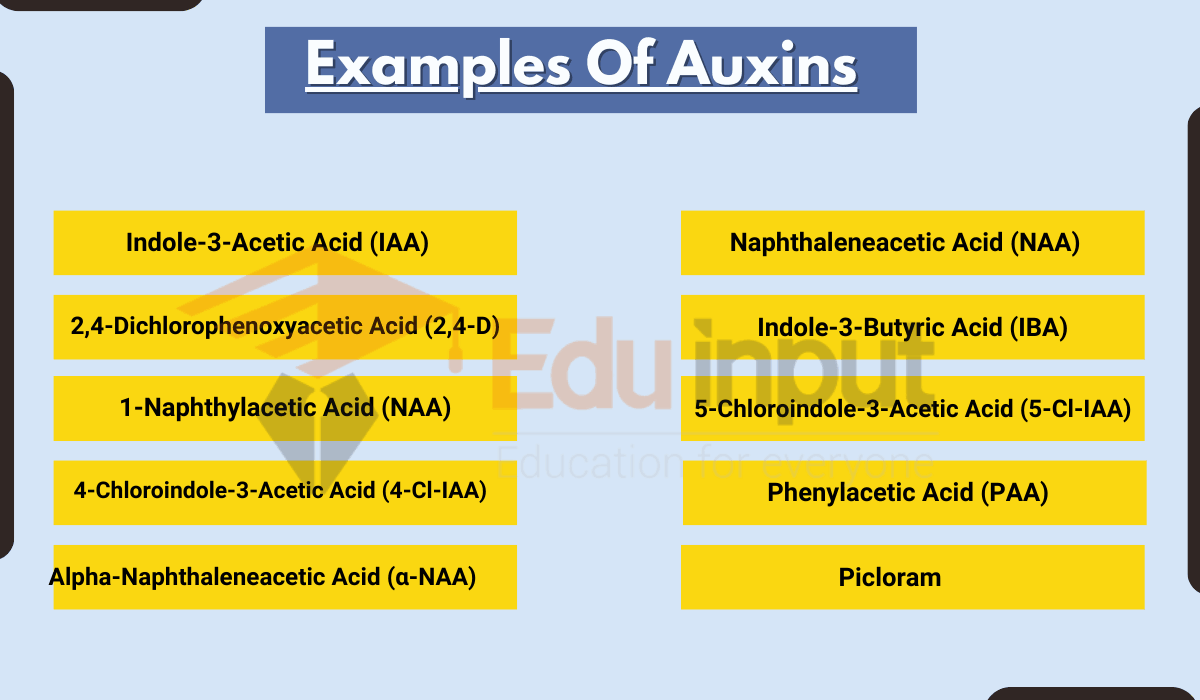
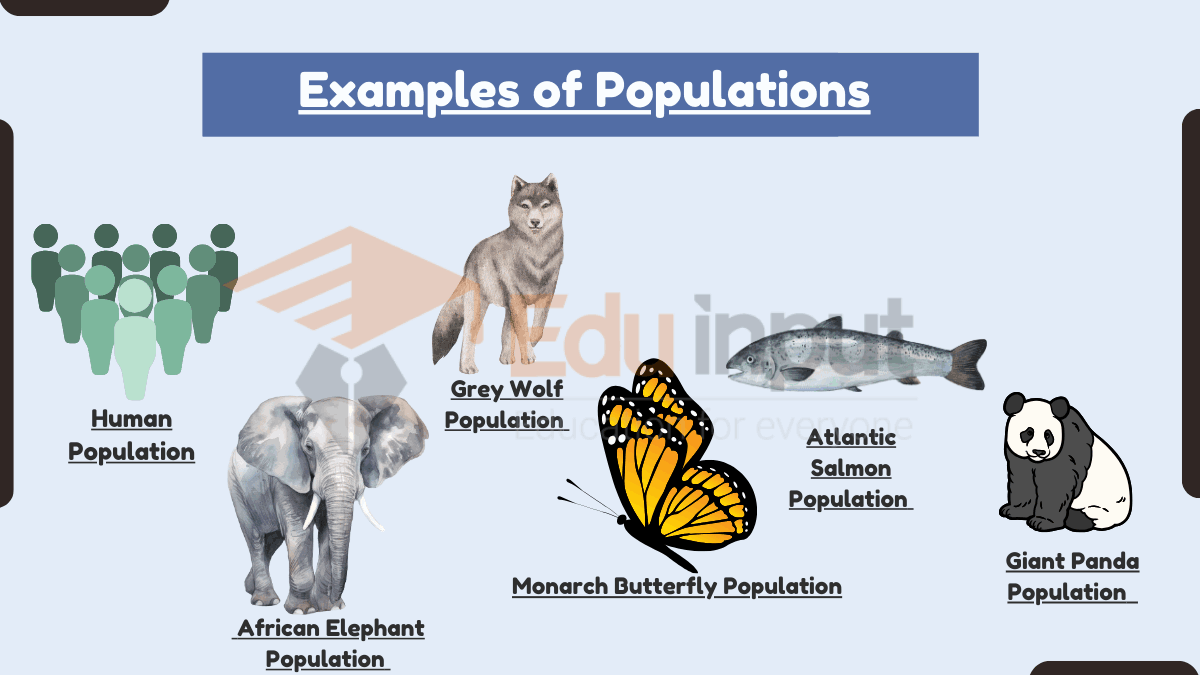
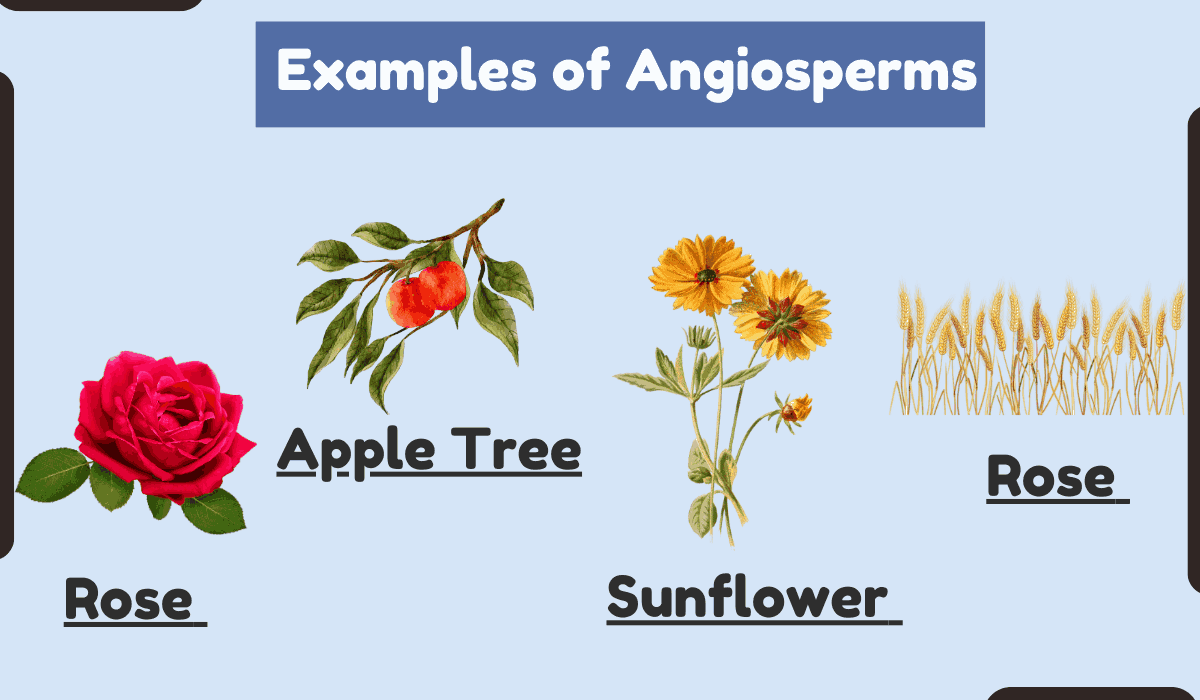


Leave a Reply